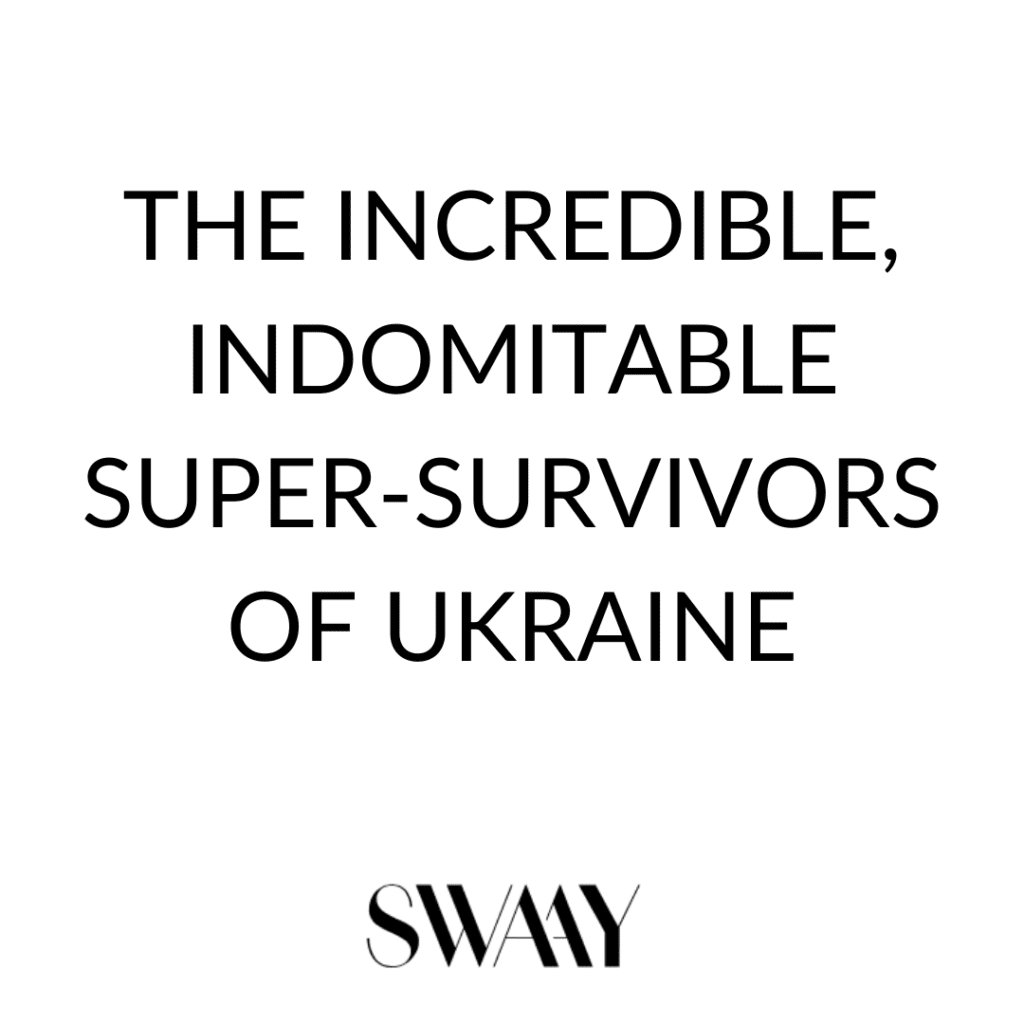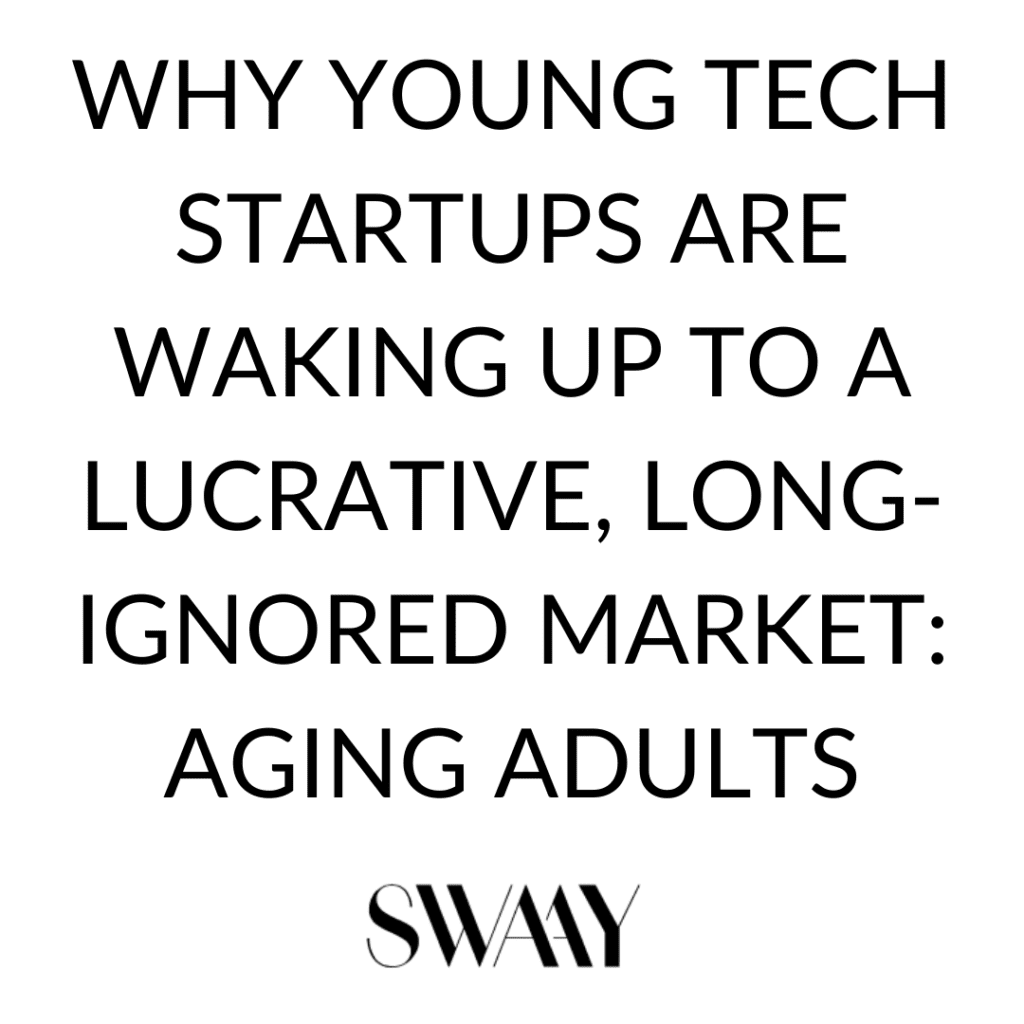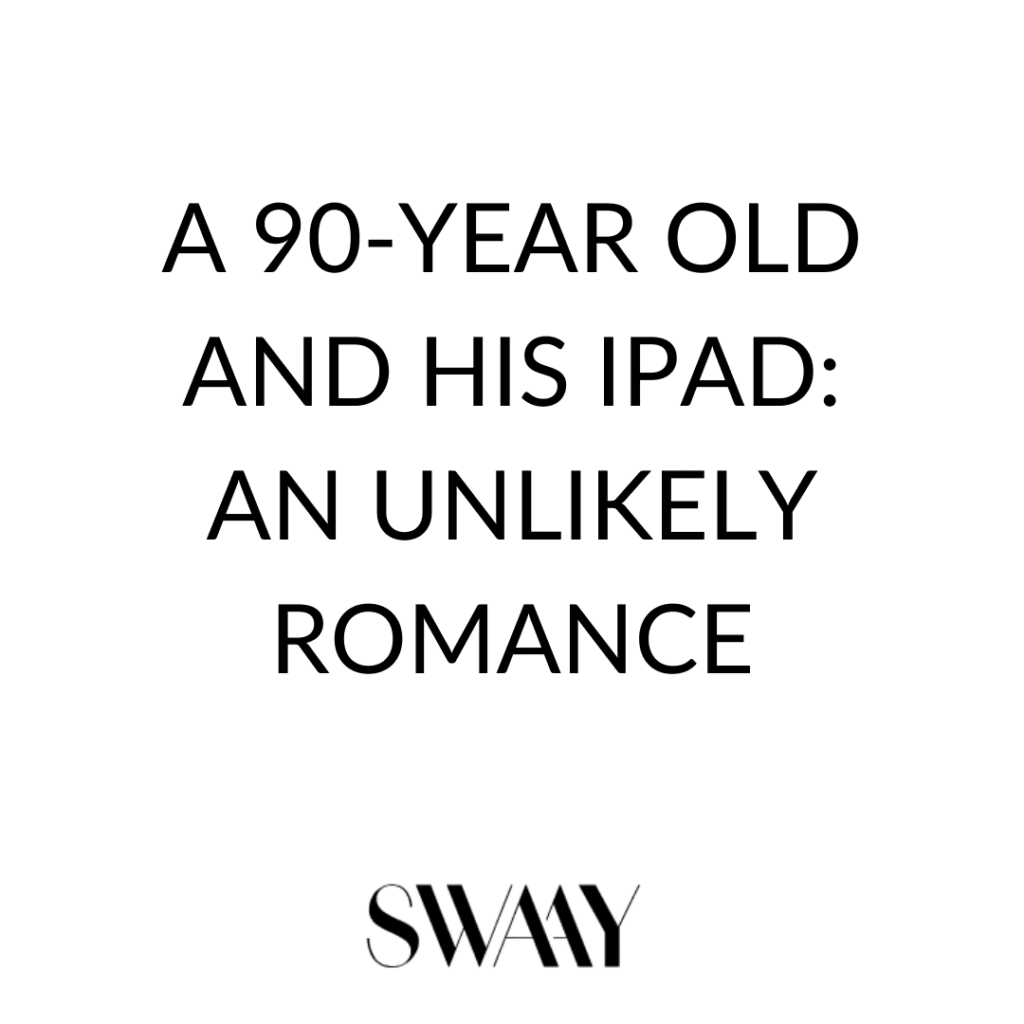The Incredible, Indomitable Super-Survivors of Ukraine
he world is witnessing a terrible humanitarian crisis unfolding in Ukraine as Russian President Vladimir Putin unleashes his military might against millions of innocent civilians, killing thousands, including women, children and the elderly, while demolishing entire cities on a whim. We’ve been brought to tears by the extraordinary courage of Ukraine’s soldiers and average citizens […]
The Incredible, Indomitable Super-Survivors of Ukraine Read More »




